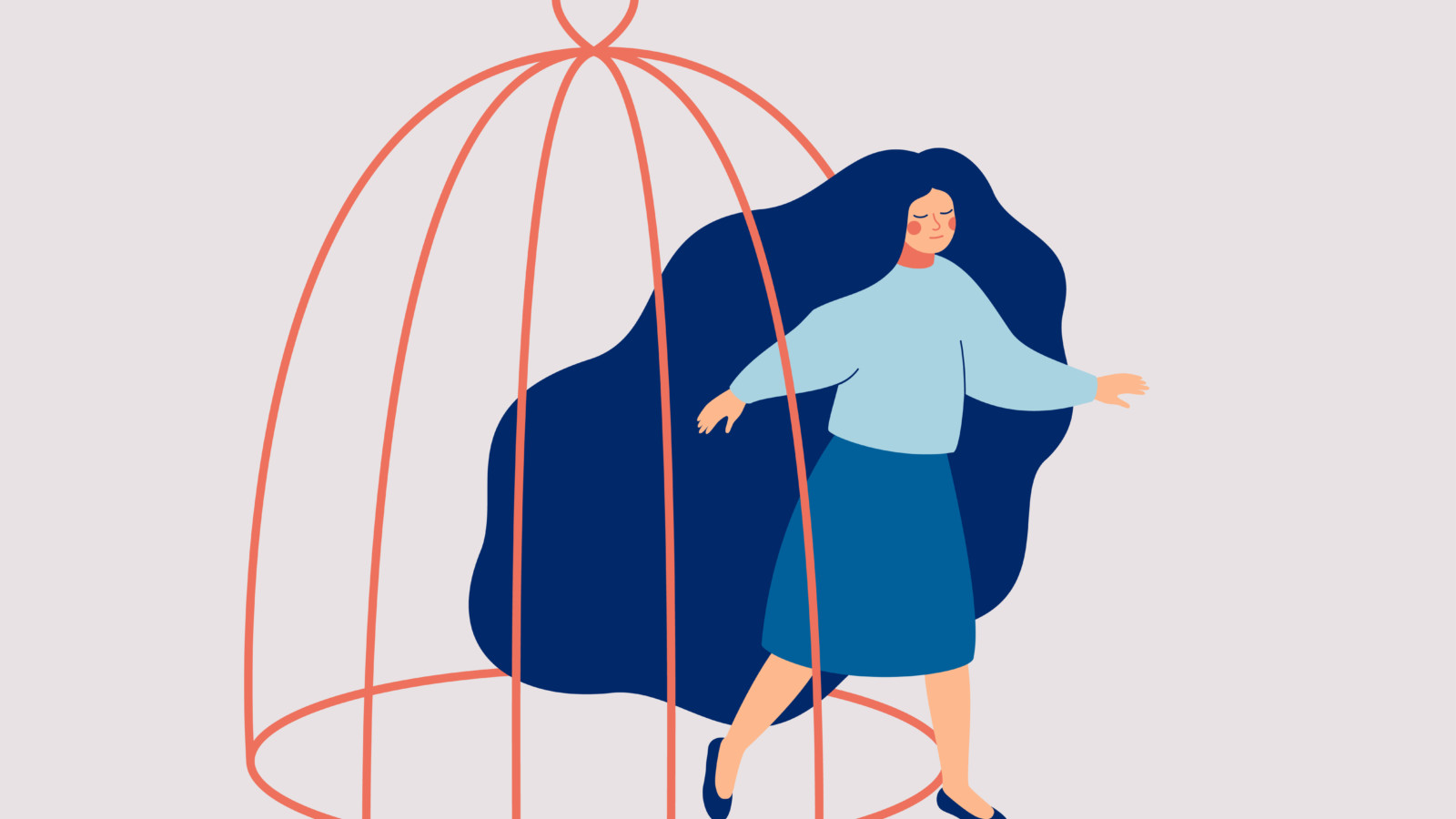Last year changed all our lives dramatically. The COVID-19 pandemic created fear unlike anything we could have ever imagined. Many continue to reel from the anxiety even as the world begins to open up again after an extended lockdown.
Throughout a year of practicing unnatural behaviors considered necessary for public health, like social distancing and wearing masks, those mandated actions created deep feelings of loneliness, fear, and isolation. And even as those mandates have started to lift, many still feel the effects and find themselves unable to shake off the fear, stress, and anxiety. Mindfulness can help overcome these harmful feelings. It makes us more present and aware of what we’re feeling in the moment and gives us insights for how to change unhealthy thoughts.
Here are some ways to use Mindfulness when experiencing any “post-pandemic stress disorder”.
Unplug for Interludes Each Day
Take breaks from watching, reading, or listening to news stories, and that includes social media. Be aware that you may have grown dependent on hearing about the pandemic even if what you’re listening to is upsetting. Bad news can actually become addictive, and some people can become obsessed by negative content for no other reason than they’ve become accustomed to a fight-flight-freeze reaction. It’s time to break that unhealthy habit by being more aware of your impulse to do it. Elect to avoid negative news as much as possible.
Bring Awareness to Your Self-Talk
If you find yourself replaying all the fears that you felt during the pandemic, put a stop to that inner dialogue and move your thoughts to what you see and feel in the present. You might find that you’re not as afraid of catching COVID-19, but remain on guard about keeping yourself safe. Therefore your thoughts automatically default to fears of COVID when the danger is no longer acute. If your mind becomes occupied with negative or fear-based thoughts, employ Mindfulness to replace them with a positive counterpart such as: “I’ve overcome my fear of COVID and it no longer controls me.”
Keep Company with the Optimistic Crowd
Try to surround yourself with people who aren’t in a constant fear state. Some people thrive on fear and negativity and have a harder time letting go of fear-based thoughts. There’s a difference between people who truly want to let go of thoughts that aren’t supporting their wellbeing and those that are attached to them. COVID-19 heightened fear in a lot of people, but many are ready to let go of fear-based thinking. Spend time with friends who choose a positive over a negative outlook and want to live in the present versus the past.
Take Care of Your Mind, Body, and Spirit
Self-care is very important when you’re trying to recover from constant fear and stress. Engaging in regular meditation, yoga, stretching, walking in nature, swimming, bike riding, and eating a healthy diet are some of the ways you can support your wellbeing as you transition into the post pandemic world. Use Mindfulness as you put these activities into action to observe how the physical and mental practices of self-care work together. Many people put their healthy habits on the back burner during the pandemic. It’s time to make them a priority.
Stay Present with the Positive
Do one thing every day that supports a more positive state of mind. Undertake that daily ritual mindfully to embrace present moment awareness. If your mind wanders back into the past, or anticipates the future with worry or anxiety, simply bring your focus and awareness to the present moment and recognize the gratitude you feel for your wellbeing. You can say affirmations or mantras that will support positive thinking and self-empowerment, such as: “Today is a new beginning,” or “I’m strong and healthy,” or “I have control of my thoughts and choose health and wellbeing.”
It’s perfectly reasonable to live your life without fear and to transition to a post-pandemic state of mind. Will infectious diseases be eradicated from our lives forever? Probably not, but we must learn to live with uncertainty and make sure that our thinking isn’t focused on what we can’t control. What we can control are our thoughts in the present moment, choosing positive over negative thinking.
**Originally published at Businessing Magazine


